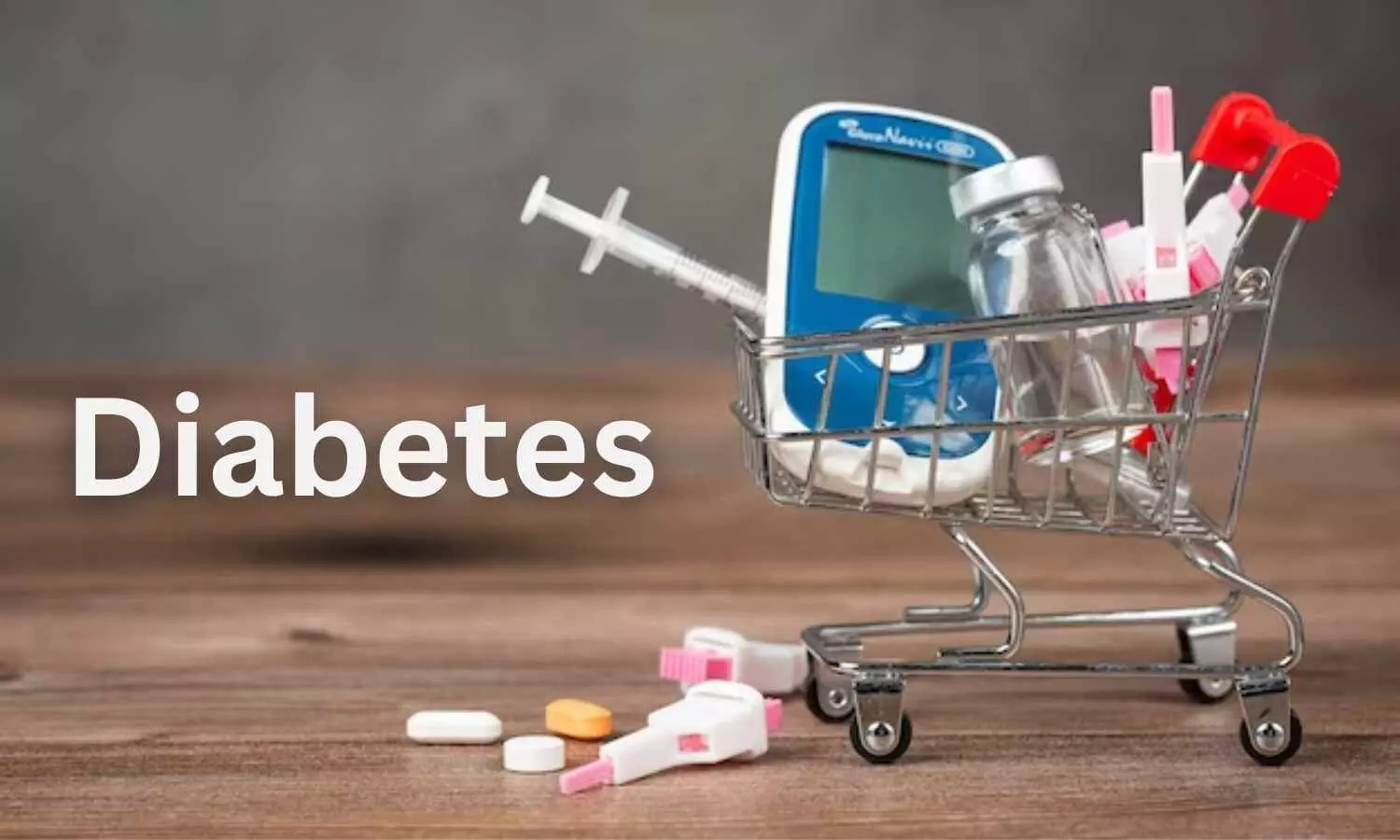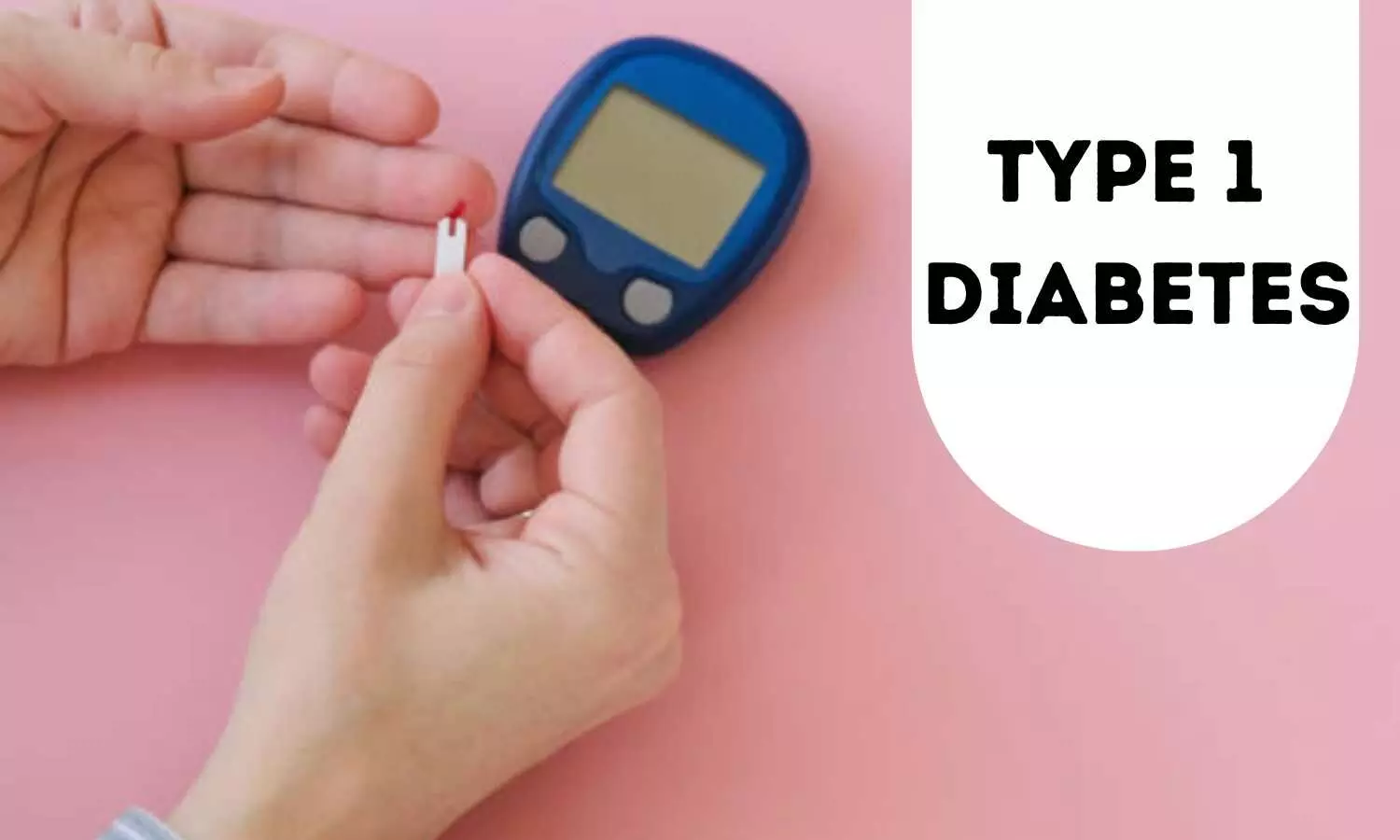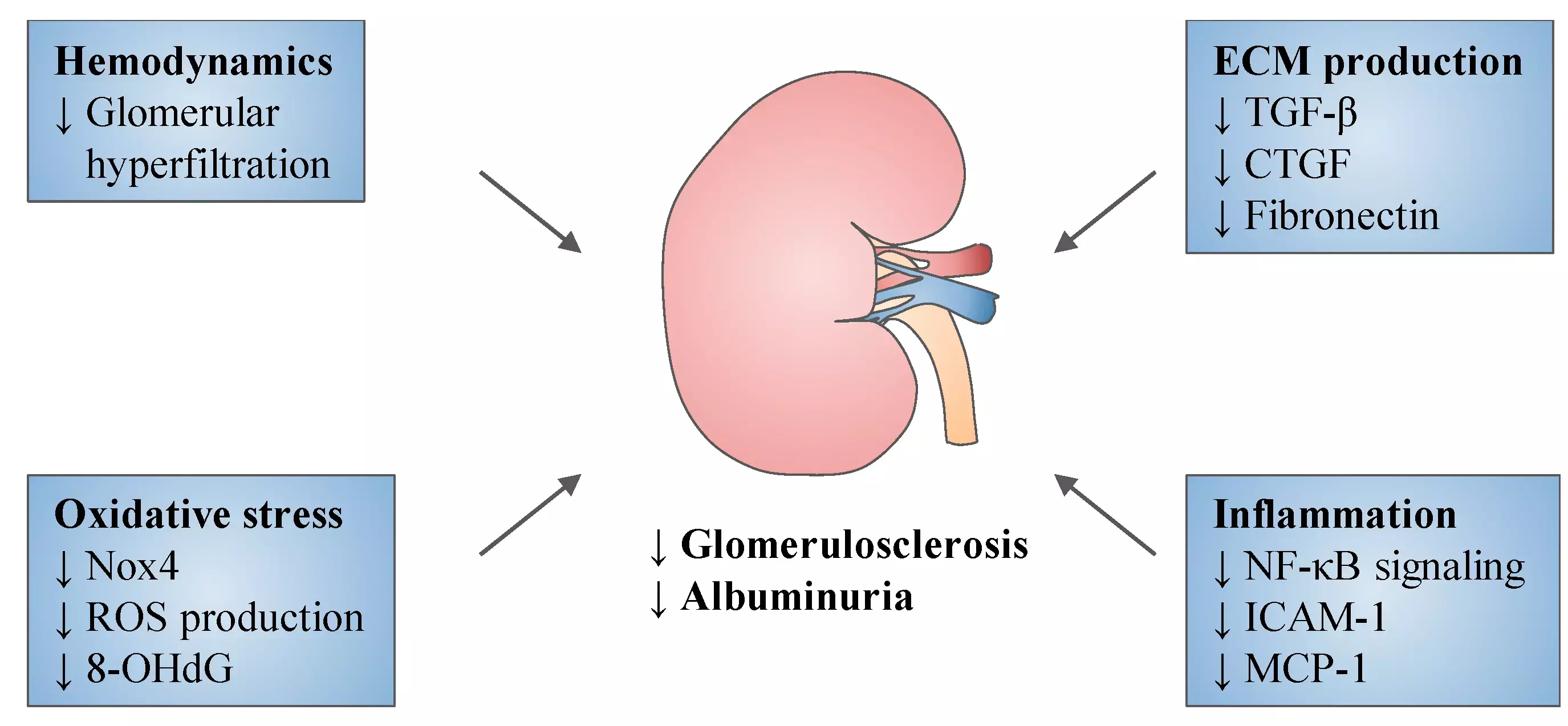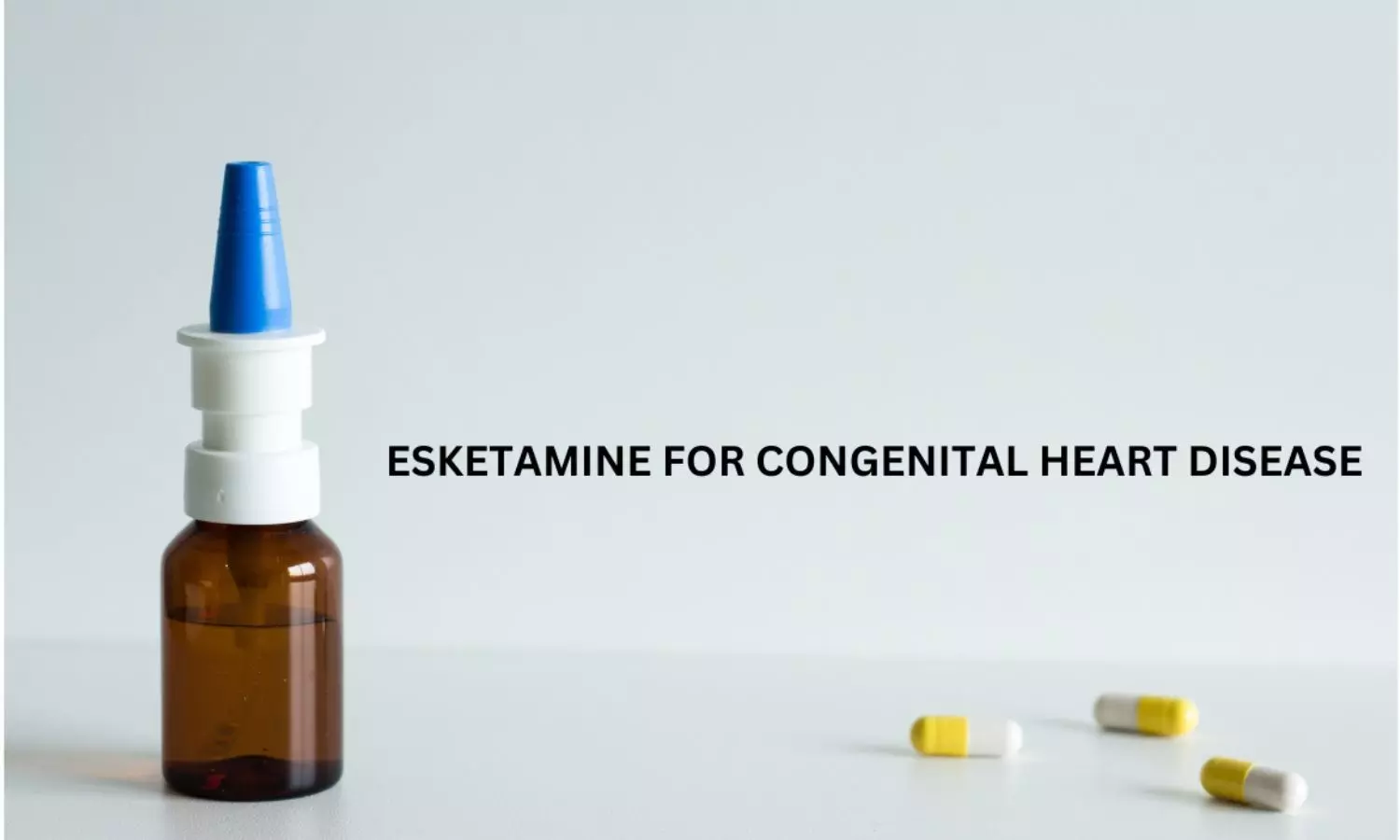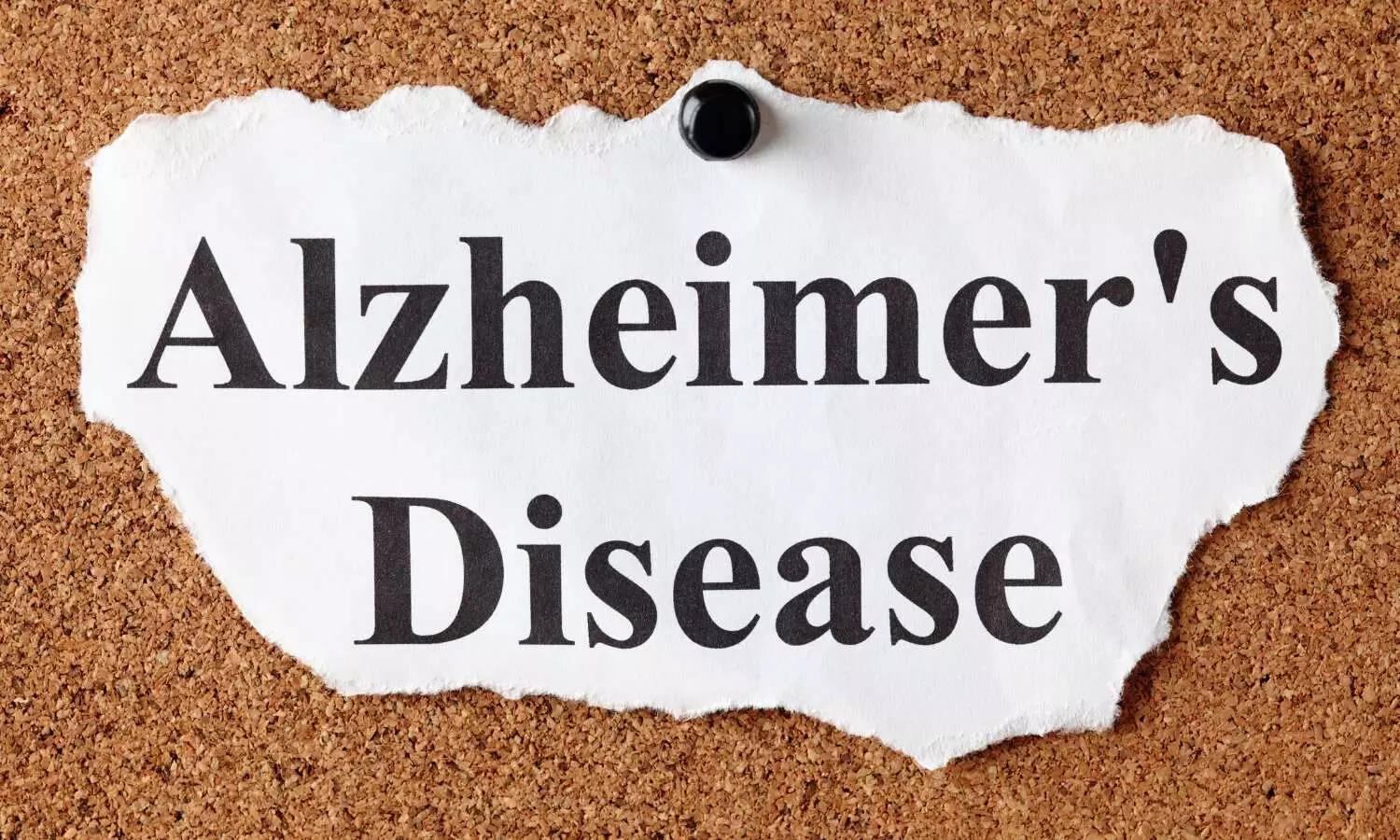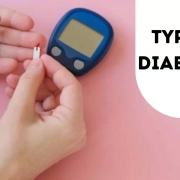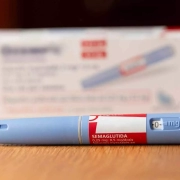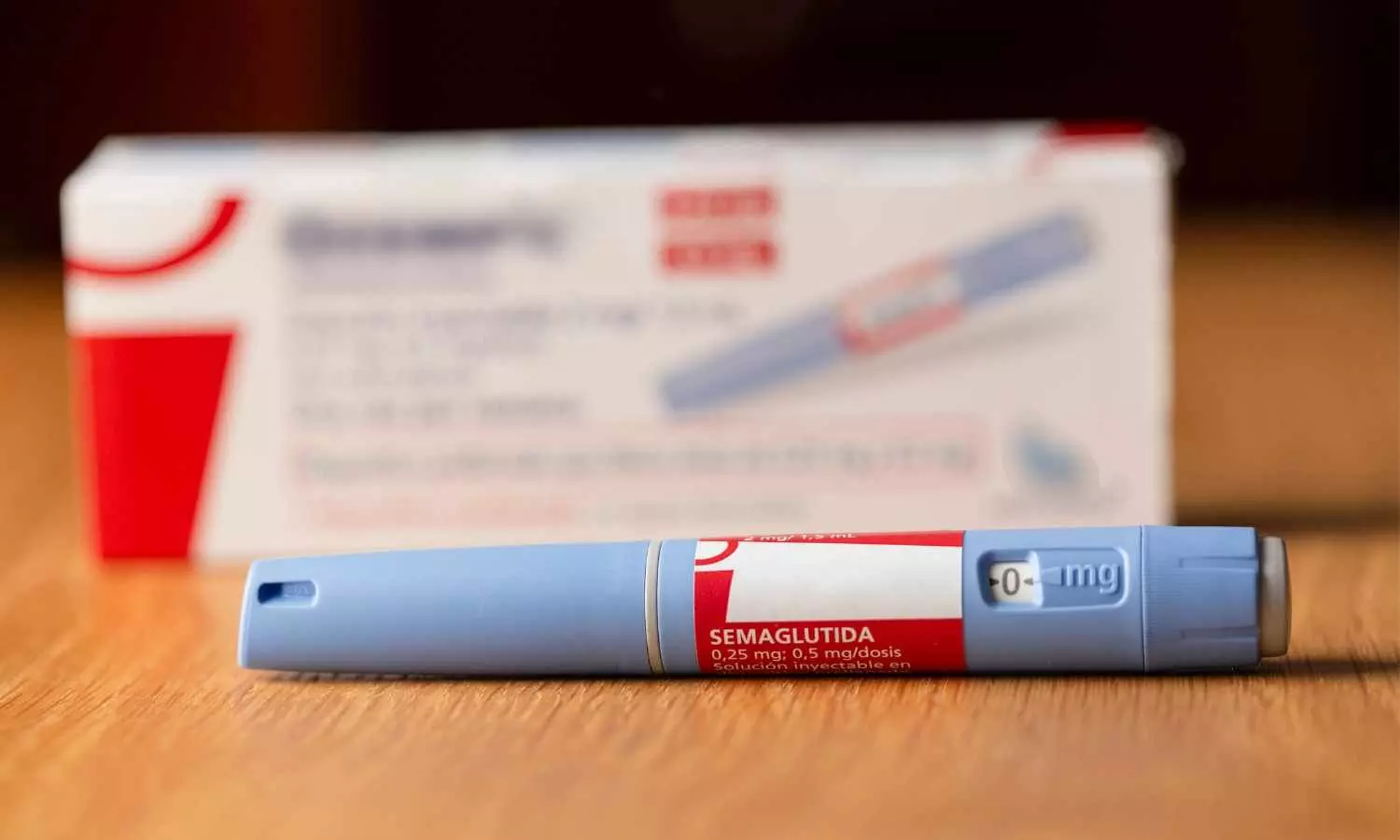Hyperosmolar hyperglycaemic state higher among type 1 diabetes patients compared to type 2 diabetes patients

Hyperosmolar hyperglycaemic state is higher among patients with type 1 diabetes compared with type 2 diabetes suggests a new study published in the Diabetes Care
The hyperosmolar hyperglycemic state (HHS) is a rare and life-threatening complication of diabetes. We aimed to estimate the incidence of HHS and describe the clinical and biomarker profiles of patients with HHS, including subgroups with acidosis and acute kidney injury.
This nationwide, descriptive cohort study used Danish registry data during years 2016–2018 to identify acutely admitted patients fulfilling the hyperglycemia and hyperosmolarity criteria of HHS (glucose ≥33 mmol/L and osmolarity [2 × sodium + glucose] ≥320 mmol/L).
RESULTS
They identified 634 patients (median age, 69 years (first quartile; third quartile: 58; 79) who met the criteria of HHS among 4.80 million inhabitants aged ≥18 years. The incidence rates were 16.5 and 3.9 per 10,000 person-years among people with known type 1 (n = 24,196) and type 2 (n = 251,357) diabetes, respectively. Thirty-two percent of patients with HHS were not previously diagnosed with diabetes. Patients were categorized as pure HHS (n = 394) and combined HHS and diabetic ketoacidosis (HHS-DKA; n = 240). The in-hospital mortality rate for pure HHS was 17% and 9% for HHS-DKA.
The incidence of HHS was higher among patients with type 1 diabetes compared with type 2 diabetes. HHS is a spectrum of hyperglycemic crises and can be divided in pure HHS and HHS-DKA. In one-third of patients, HHS was the debut of their diabetes diagnosis.
Reference:
Emilie V. Rosager, Amalia Lærke K. Heltø, Cathrine U. Fox Maule, Lennart Friis-Hansen, Janne Petersen, Finn E. Nielsen, Steen B. Haugaard, Rasmus Gregersen; Incidence and Characteristics of the Hyperosmolar Hyperglycemic State: A Danish Cohort Study. Diabetes Care 2023; dc230988. https://doi.org/10.2337/dc23-0988
Keywords:
Hyperosmolar, hyperglycaemic, state, higher, among, patients, type 1, diabetes, compared, type 2 diabetes, Diabetes Care, Emilie V. Rosager, Amalia Lærke K. Heltø, Cathrine U. Fox Maule, Lennart Friis-Hansen, Janne Petersen, Finn E. Nielsen, Steen B. Haugaard, Rasmus
Powered by WPeMatico



